I’m not the vision board type. So often, it’s wrapped up in a concept of “manifestation” that is decisively upper-middle-class-white-womanish—an exercise in avoiding acknowledging one’s privilege. After all, so much of what that demographic manifests is fundamentally easy for them to attain.
But. I never turn down the opportunity to collage.
(Also, and only tangentially related, I’m in a completely one-sided vision board competition with Dylan Mulvaney. Her annual vision boards not only fall in the category of manifesting about which I just complained—they also have the aesthetic of a middle school posterboard project. There! I said it!)
So, I did it. I made a vision board for 2024.
Is it the last day of January? Yes! Is time real? No! One month into a year is the perfect time to share a vision of what I want said year to look like. Here it is:
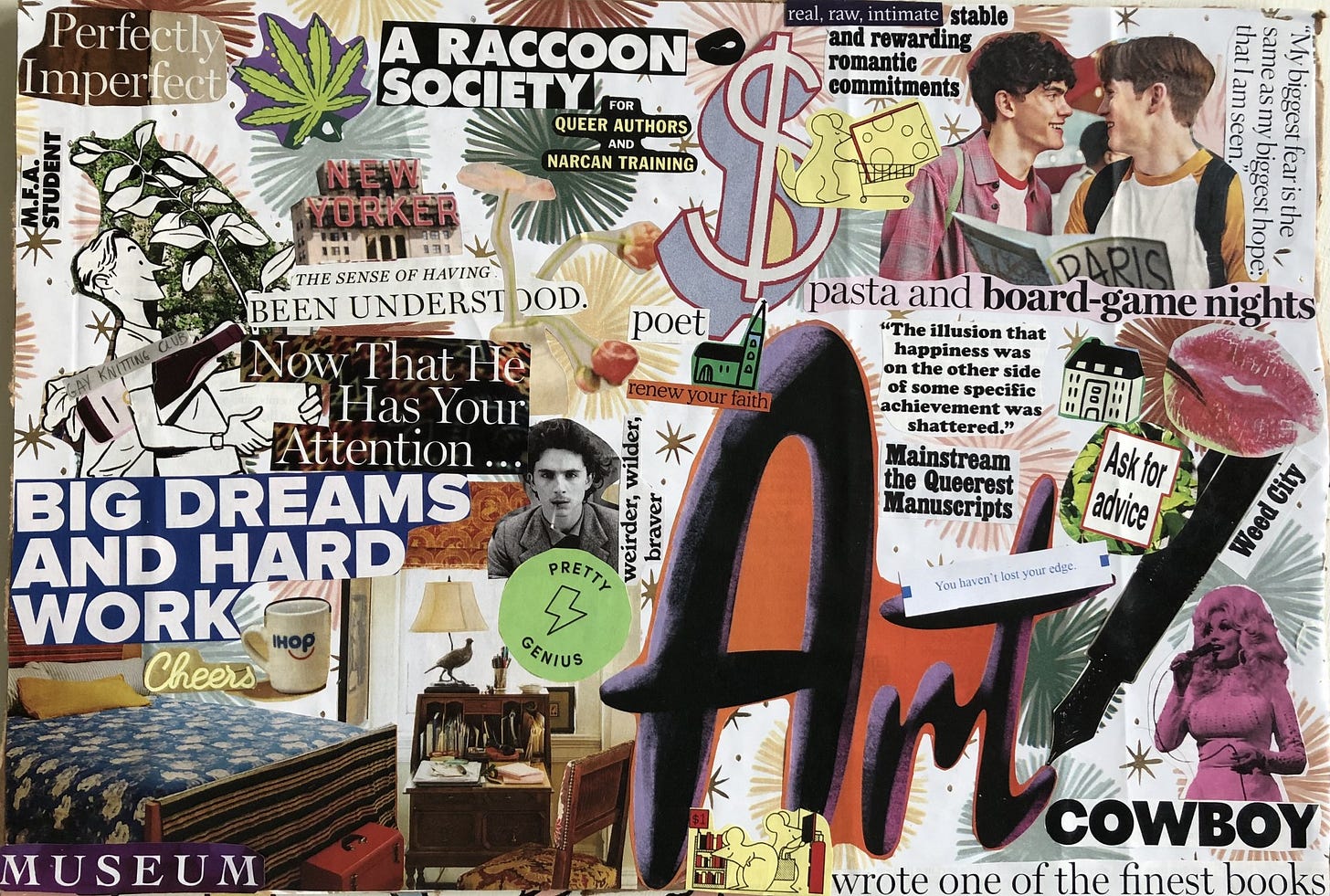
In a lot of ways, it serves as the version of “manifestation” that I don’t mind: turning the microscope’s knobs until the fuzzy, hidden desire comes into focus. The act of clarifying, deciding on what you will focus your time and energy. Less a nebulous bringing into being, more a figuring out what you’ll put in the work to achieve. Whether things on the board do or don’t “come true” is less important than my choice to put them on the board to begin with.
So much of what’s on my vision board are simply things I find beautiful. Because, when you boil it all down, that’s really what I want, in the year ahead and always: beauty.
The search for beauty is on my mind today both because of a prompt from
’s monthly Isolation Journals meeting in the Hatch—a creative hour for paid subscribers to her newsletter—and because of having just finished my annual reread of Sally Rooney’s Beautiful World, Where Are You with Jo.In Beautiful World, one of the emails Eileen writes to Alice discusses her own attempt to find beauty. One autumn, Eileen tried to write about one beautiful thing she saw or experienced every day; she began by writing about small experiences like watching leaves in the wind, then became increasingly abstract, writing song lyrics and quotations from books. The time between entries gradually broadened. Finally, she stopped writing altogether. Eileen wonders, in hindsight, if her life became less beautiful or if she became less capable of finding the beauty in it.
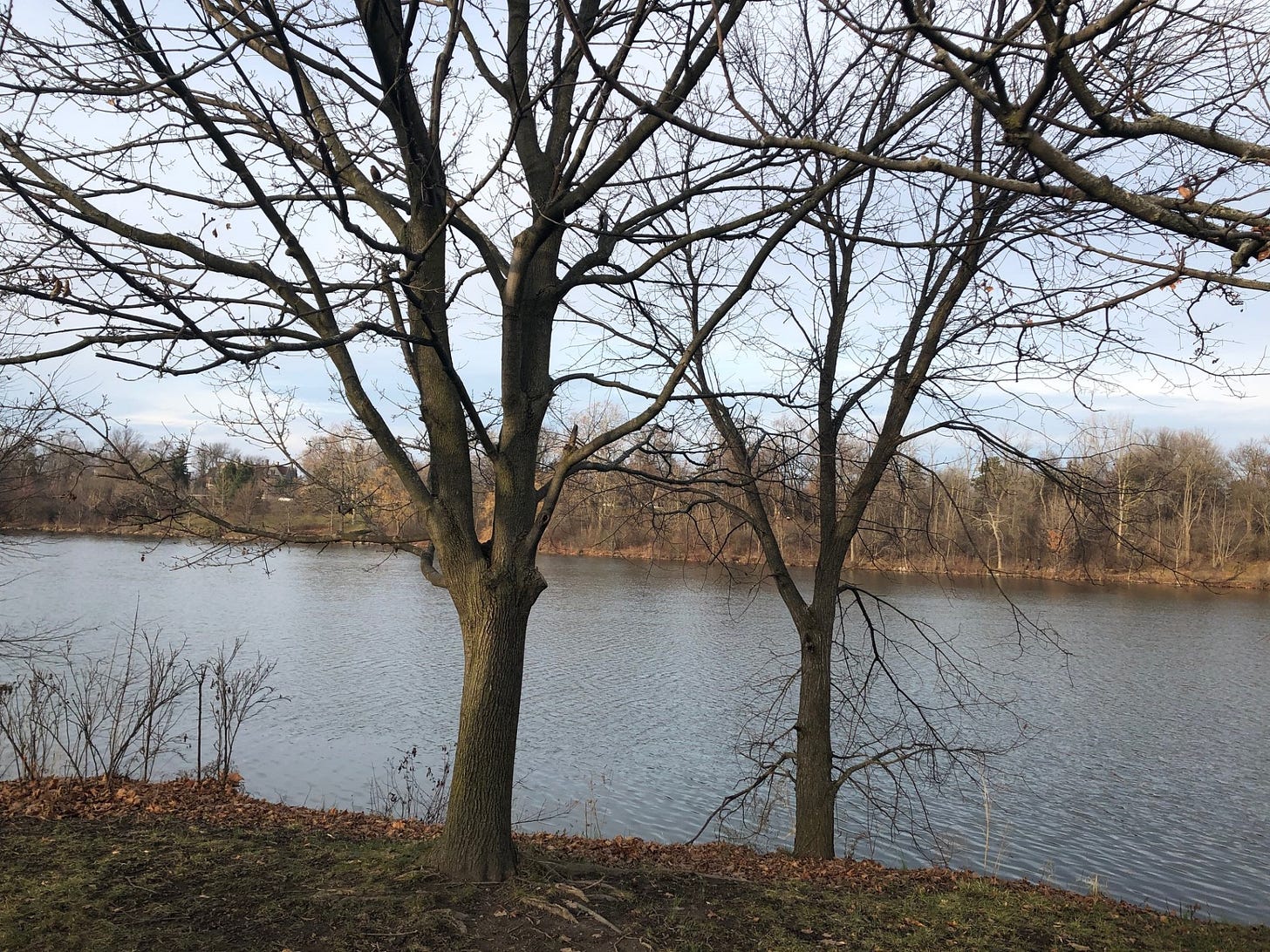
Alice and Eileen write back and forth to each other throughout the novel. Their emails move fluidly from one topic to the next, often musing about the personal (will Eileen and Simon start dating? should Alice be going to speaking engagements?) and the existential (is civilization collapsing? did beauty die when consumer goods began to be made of plastic?) in a single missive. The best friends are pen pals by choice, emailing instead of texting or calling. Some element of their relationship is fundamentally built on construction—email creates the space to react to a message on one’s own time before responding, to craft a message for a particular intended effect. In the world of the twenty-four-hour news cycle, email as a primary mode of communication creates time.
Can you hear my reverence for email? I mean, I write a weekly newsletter, so it’s probably not surprising. (A friend of mine once asked me, “Do young people even use email anymore?” I don’t know about young people, I answered, but I certainly do.)
Nowadays, I’m mostly limited to my newsletter and the occasional piece of correspondence, but I used to be a prolific email-writer. Over the years, there have been several people with whom I’ve had pen-pal-esque relationships—some on and off, some for a particular period of time. When I lived in South Korea while I was in college, for example, Jo and I exchanged virtual letters (albeit over Google Docs instead of email).
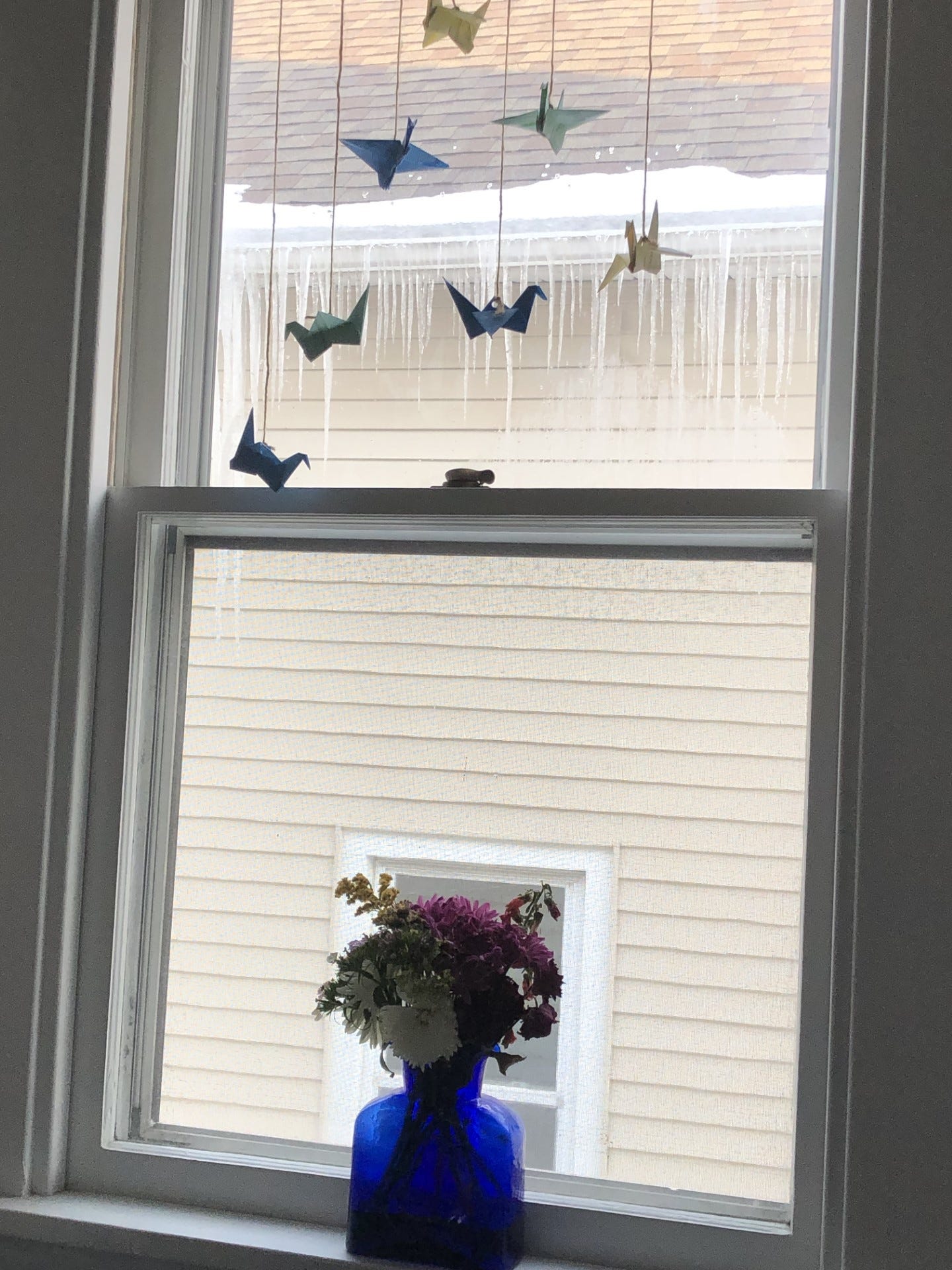
The longest-running relationship in my email-writing career, if we can call it that, was two and a half years. In that time, I wrote some of my most intense, rambling, moody emails.
It was a confusing time in my life. Intellectually, I felt an arrogant sense of budding brilliance; emotionally, I was struggling after a series of traumatic events. Email provided me with a sense of control that I needed—control over my narrative. It also did what journaling, fiction, and poetry could not: the gratification and security of knowing someone else would be on the other side of the words, reading them, after I hit send. My friend read most, if not all, of my emails and responded to quite a few of them. Relationships take different shapes over time; I don’t know if he would read one of those rambling, dramatic emails if I sent it now. (Admittedly, I still feel the urge to send one to him from time to time.) But for those two and a half years, his inbox was on the other side of mine, and I knew he was listening to me. I knew he cared about what I wrote. What a rare and precious gift.
In those emails, I had many of the same anxieties and fears that Eileen and Alice share—and many more that were all my own. I still do. Chief among them is the concern with beauty. Finding beauty in the world, yes, but also creating beauty to put into the world. Whether that’s even possible—in both the general sense (is the world overwhelmingly ugly?) and the specific (am I capable of making something beautiful?). I think that’s a natural reaction to our deeply unjust world. And I think it’s an even more reasonable line of questioning when someone is reacting from and responding to traumatic experiences.
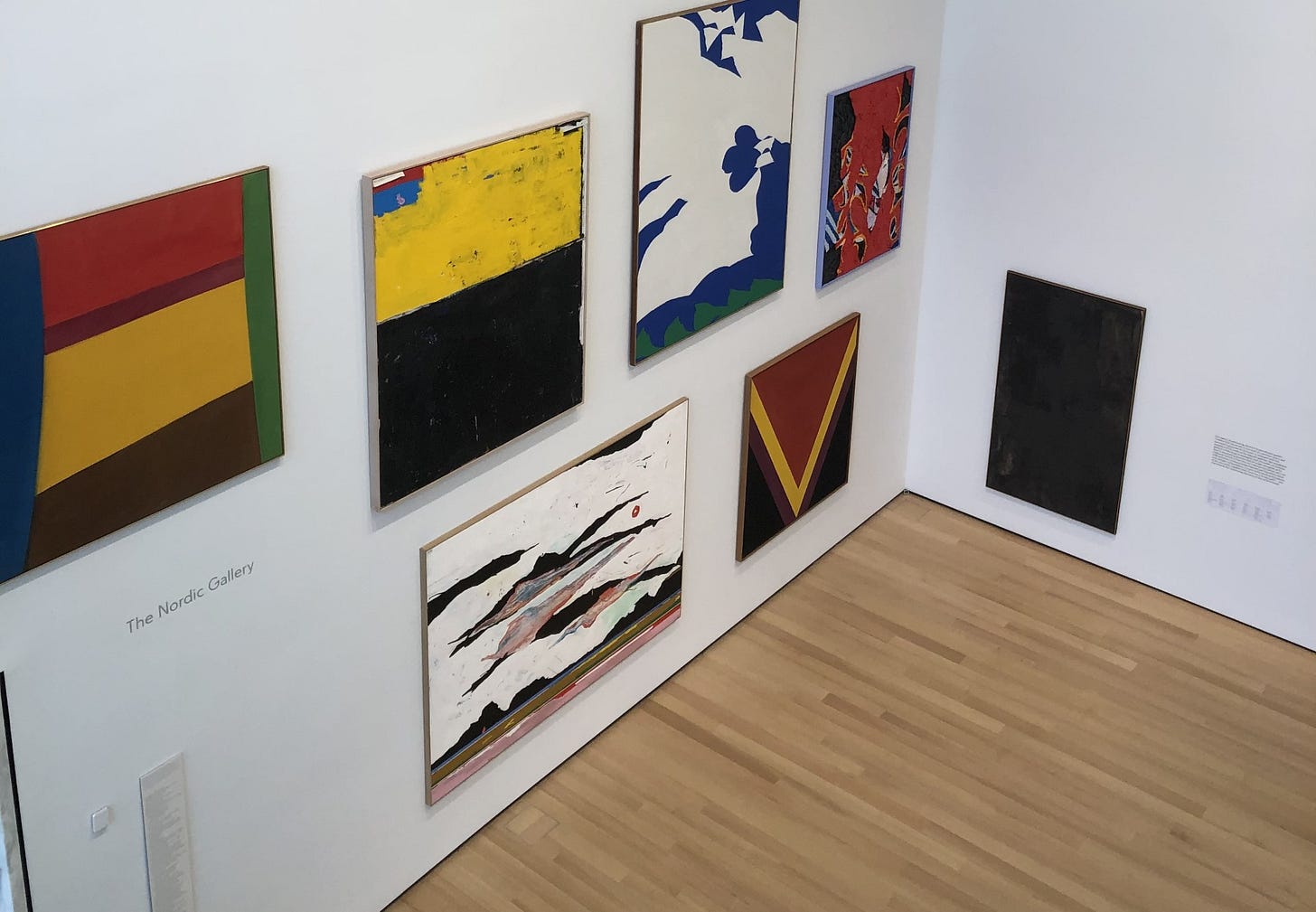
Seeking beauty in the world around you is an exercise in presence, in loving-kindness, in care. Over the course of the novel, Eileen and Alice come to believe that the world contains both beauty and ugliness. Their attention to beauty (or the lack thereof) around them leads them, in their own ways, to try to bring more beauty into the world.
What might our world look like if we all tried to do our small part to make it more beautiful?
Sally Rooney is the literary love of my life; I wrote my undergraduate thesis on her work in conversation with J.D. Salinger’s, and I never tire of rereading her three novels. Beautiful World is a particular pleasure. My thesis advisor presented me with a signed copy of the UK edition upon my graduation, and it remains the single most generous gift anyone has ever given me.
Rooney writes about depressed, anxious, insecure young adults struggling to navigate relationships and late-stage capitalism. I feel seen by and attached to her characters. I also find her prose particularly lovely—and no, not just the fictitious emails.
The world she has written isn’t necessarily one in which I want to live; rather, I feel that it is the world in which I live. It can be uncomfortable to feel the novel you’re reading return your gaze, but it can also feel gratifying. When I read Rooney’s novels, knowing that she has deemed her characters worthy of attention makes me feel like I deserve attention, too. And there’s something beautiful about that—about helping people feel seen for who they are.
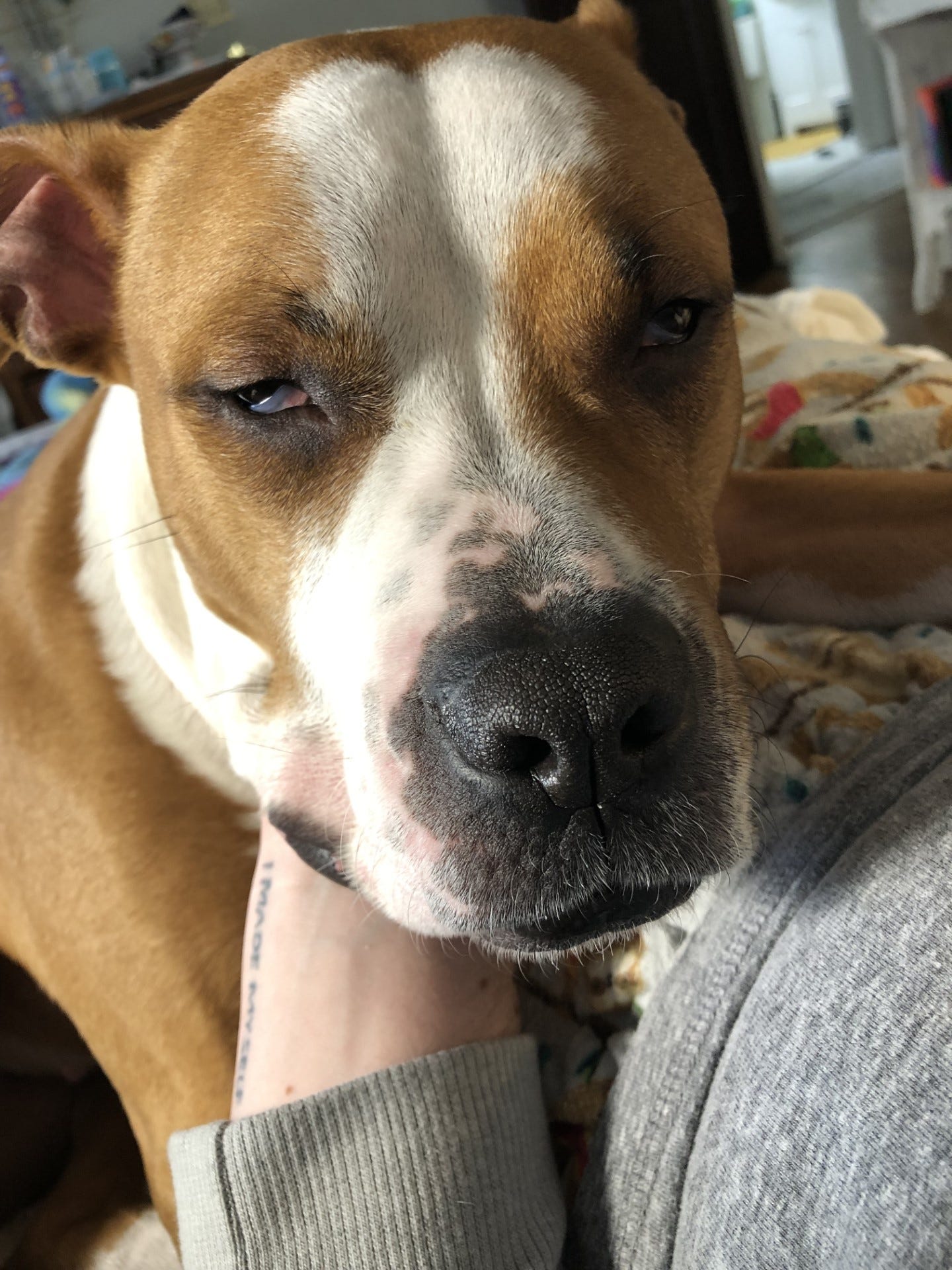
That, I think, is what I love so much about email. It gives the sender the opportunity to determine how they want to construct their particular narrative or purpose (how they want to be seen) and the knowledge that there is a recipient (someone to see them). But maybe that’s just the anxious writer in me; I have a particular fondness for writing as an act of creating something beautiful and a preference for asynchronous communication. I mean, even my vision board has a lot of words on it.
Right. The vision board. What I meant to write about in this week’s newsletter. A lot of what I want to bring into the world for myself this year has to do with writing. I’d like to return to writing fiction, I’d like to keep writing poetry, I’d like my newsletter to uncover beauty in this world of ours, and I’d for people to feel seen by what I write.
That, I hope, will be one small way in which I can make the world more beautiful.
I’m juggling quite a few projects right now, and adding a fiction-writing practice into my days is only going to add to the plates I’ve got spinning. So please bear with me as I figure out a balance that feels manageable! (Hence the late newsletter.)






um, there is a novel featuring an anxious email-loving character named eileen??? i've been meaning to check out sally rooney's work for a while, and every detail i've just gleaned about this book is screaming 'must read.'
also, yes to everything on your vision board. it's perfect. and timely—i have collage on the brain after having read this essay yesterday: https://pioneerworks.org/broadcast/13-ways-jenny-odell (i also can't help but love that the linked piece coincidentally features works from buffalo AKG's collection.) this passage feels like a nice companion to your meditations on finding/creating beauty in the world:
"I grew up in a time of grotesquely proliferating information, easier than ever to access and with a seemingly total lack of structuring narrative. For me, collection and arrangement were a response, a necessary adaptation: you could give up and live in a senseless world, or you could set about building sense from whatever scraps you could find. But this arrangement could be a pleasure in and of itself, full of devotion to each little piece and to the kind of complexity that needs only finding, not making."
creating beauty is an aspiration that, to me, feels as daunting as it does compelling. but maybe it's less about bringing forth something totally new, and more the result of attentively seeking it out and being in dialogue (or correspondence!), building it up from "whatever scraps you could find." i find that thought encouraging for my own creative practice, at least!